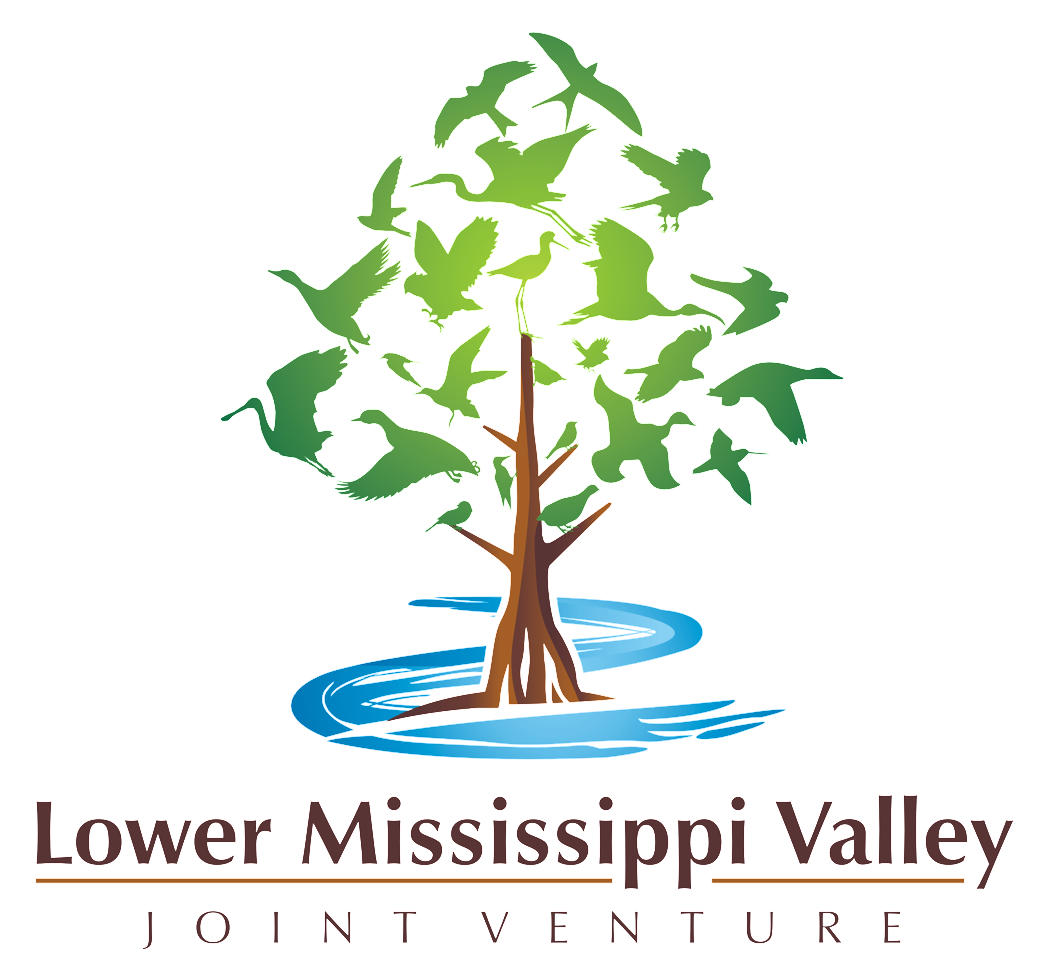Major Southeast Conservation Blueprint improvements on the way for the Lower Mississippi Valley and beyond
by Rua Mordecai and Hilary Morris, Southeast Conservation Adaptation Strategy
The 2022 Southeast Blueprint will use a consistent set of methods and input data across the entire Lower Mississippi Valley Joint Venture region.
The Lower Mississippi Valley Joint Venture has long been a leader in developing conservation planning and design tools for bird conservation. It has also been a leader at looking toward other conservation co-benefits to help move bird conservation forward. One tool that can help with those conservation co-benefits, the Southeast Conservation Blueprint, will have a large update next year.
The Southeast Conservation Blueprint is the primary product of the Southeast Conservation Adaptation Strategy (SECAS), a regional conservation initiative that spans the Southeastern United States and Caribbean. SECAS was started in 2011 by the states of the Southeastern Association of Fish & Wildlife Agencies (www.seafwa.org) and the federal agencies of the Southeast Natural Resource Leaders Group. The Blueprint is a living, spatial plan that identifies important places for conservation and restoration by stitching together smaller subregional plans into one consistent map. More than 250 people from over 100 organizations have used or are using the Blueprint to bring in new funding and inform their conservation decisions.
Next year, there will be a major update to the methods and indicators used in the Blueprint. This update will result in consistent methods, indicators, and tools covering most of the Southeast---including the full Lower Mississippi Valley JV area.
There will be a number of ways to get involved in the Blueprint development process. Those will include indicator review teams early next year and workshops reviewing draft results in the middle of 2022. If you’d like a heads up about when those are happening, you can sign up for the Southeast Conservation Adaptation Strategy newsletter at the footer of any page on the SECAS website.
If you’d like help using the Blueprint in ways that complement the local and Joint Venture tools you’ve already been using, user support staff are available! They can help answer questions about the data, brainstorm ideas, make maps and write narratives, filter down the Blueprint to find the piece that aligns with your interests, and more. Please reach out to the user support lead for your state.

